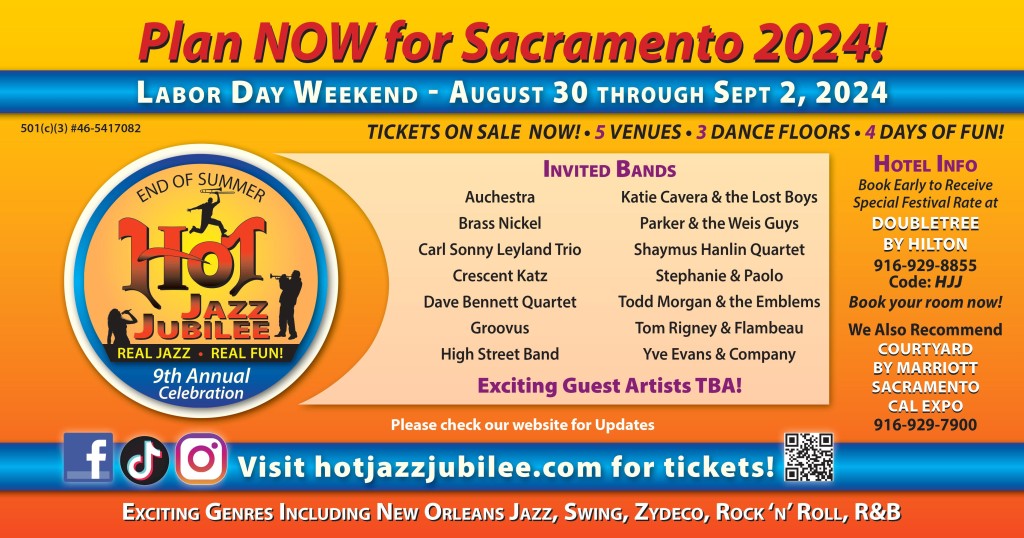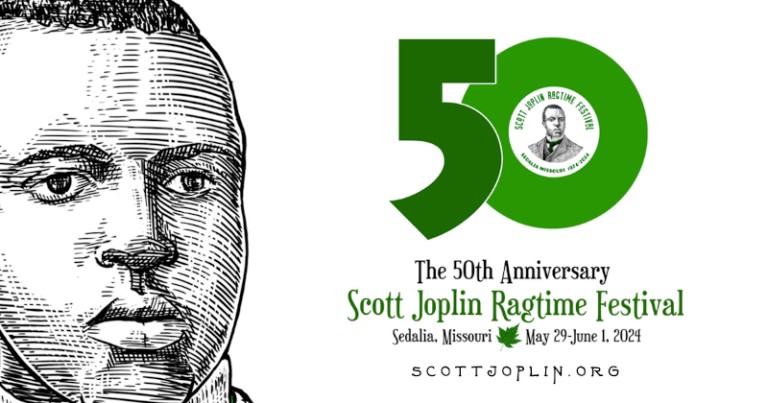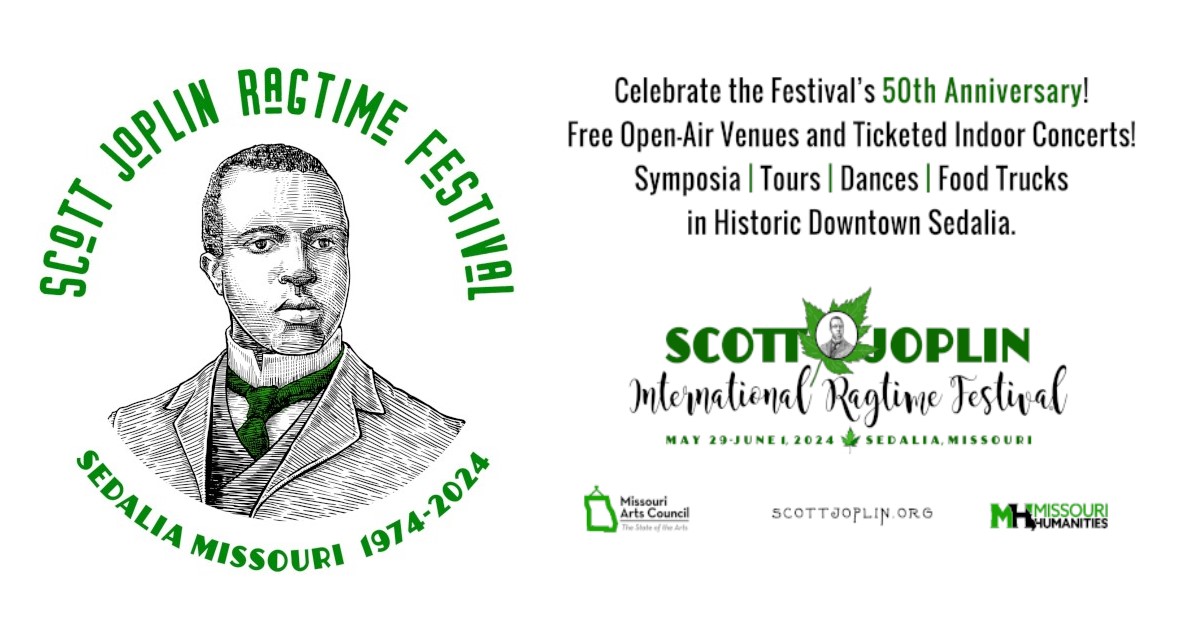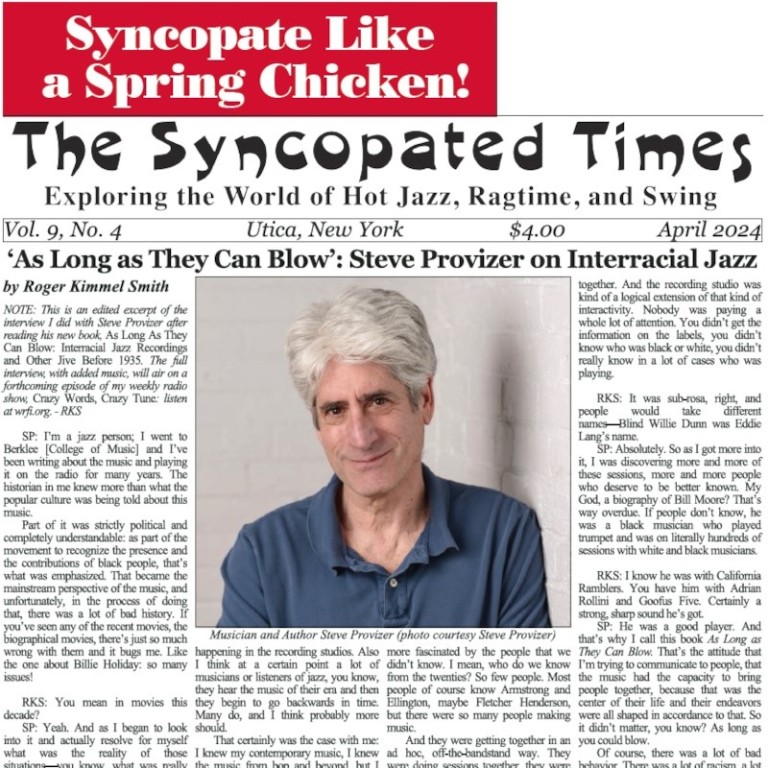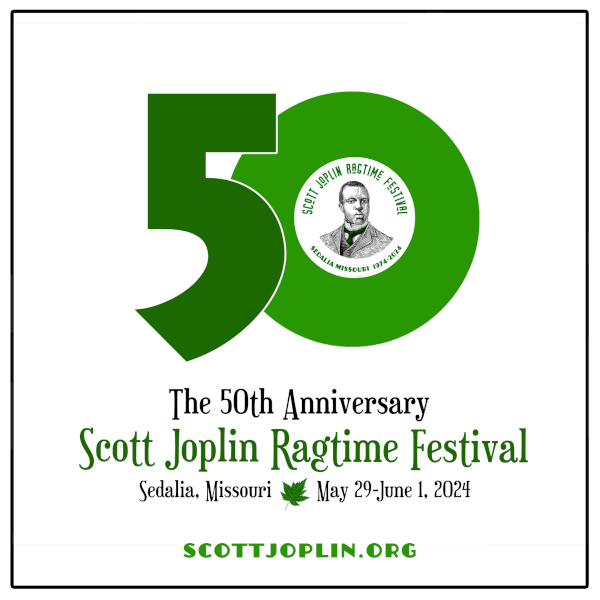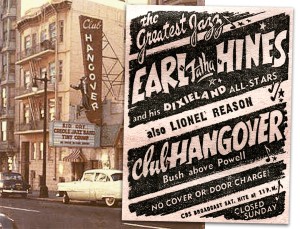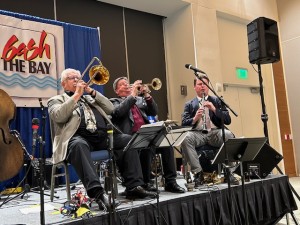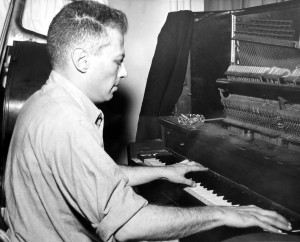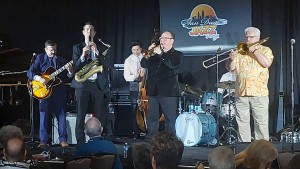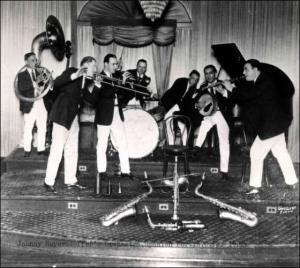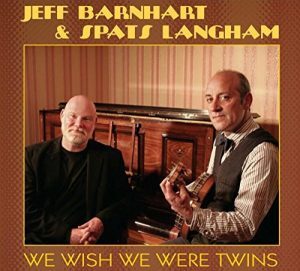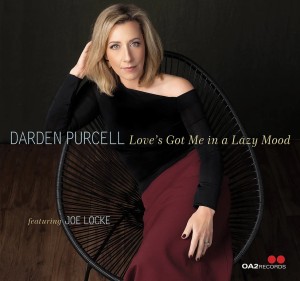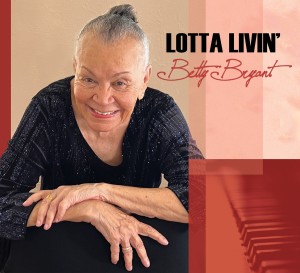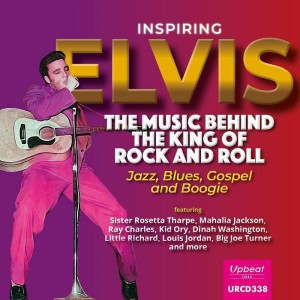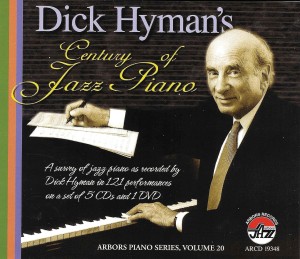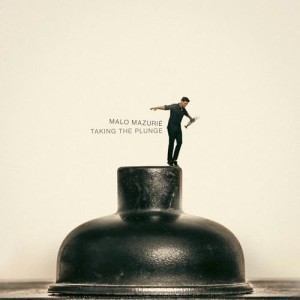On August 11, my wife and I saw a screening of the much-hailed restoration of Universal᾽s 1930 Technicolor spectacular, The King of Jazz, featuring Paul Whiteman, his orchestra, and various and sundry vocalists, dancers, and comedians.
I had seen the unrestored version from a bootleg VHS tape played on a 19-inch Zenith almost 30 years ago. I quite liked it, primarily because I considered myself lucky to see such jazz heroes as Eddie Lang and Joe Venuti in action, as well as performances by the Rhythm Boys (Bing Crosby, Al Rinker, and Harry Barris). Over and above all, there was Whiteman᾽s magnificent orchestra. Never mind that the color was a bit washed out, or that the sound was a bit muffled. I was mad for old music, and The King of Jazz was a smorgasbord.
When Universal spent an unprecedented (and undisclosed) sum to restore the movie, they used an original partial negative, as well as material from two other extant prints. They had access to a full set of mint-condition 16-inch Vitaphone soundtrack discs that, at Paul Whiteman᾽s insistence, had been studio recorded prior to filming. Friends who had seen the restoration at prior screenings raved about the newly-brilliant color and the excellent sound.
And the reds and greens of the two-strip Technicolor process do jump out at you. The soundtrack is likewise a miracle of modern digital restoration; taking into account that Whiteman recorded at higher fidelity at 78 RPM, the 33 1/3 RPM Vitaphone discs reveal stunning audio. Eddie Lang (unseen but heard) is particularly enjoyable in the “Bench in the Park” number. And The King of Jazz is an indisputable cultural and historical artifact. So, yes, it has never looked and sounded this good, probably not even in 1930. The restoration was certainly worth the time, trouble, and expense. And you must see it if you have the opportunity.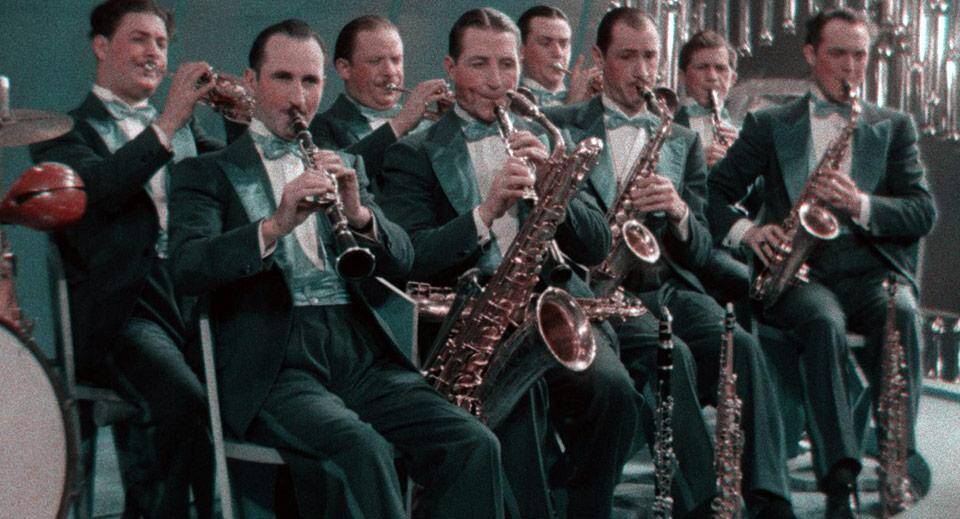
Having said that, I᾽ll now say this: aside from a few brief highlights in which the band, certain musicians, and the Rhythm Boys get to shine, The King of Jazz is an objectively terrible film. A musical revue is a smorgasbord, except that you are forced to put everything on your plate and eat all of it.
The film opens promisingly. The color cartoon (created by Walter Lantz) is delightful. Likewise, the band vignettes (which followed the cute cinematic trick of the orchestra appearing to climb out of Whiteman’s suitcase), are tantalizingly brief. (More Venuti! More Lang! And where’s Frank Trumbauer?) Then comes the almost excruciating “My Bridal Veil” sequence. Yes, it᾽s beautiful—and seemingly interminable, like the 110-foot Belgian lace train at the end of the piece. Unless you love that sort of thing, it᾽s almost unwatchable.
There isn᾽t much real jazz in The King of Jazz. The hottest sequence, musically, is the first appearance of the Rhythm Boys singing “So the Bluebirds and the Blackbirds Got Together.” I felt real joy seeing and hearing the trio restored to life. (And no one else laughed at the crack about the Revelers.) Bing Crosby was 26 years old, and he was still enthralled with hot jazz. Bing in The King of Jazz is the cultural analogue of Elvis on the Dorsey Brothers’ Stage Show TV program in 1956. He was a white singer performing black music without condescension or caricature.
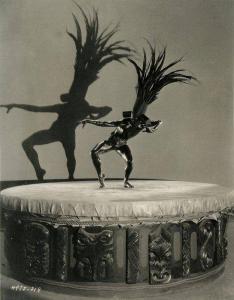 Speaking of which, the opening of The Rhapsody in Blue is almost too embarrassing to watch. Whiteman introduces the piece by stating, “jazz was born from the African jungle to the beating of voodoo drums” and the point is illustrated with a dancer (Jacques Cartier) in full witch doctor regalia dancing on a giant drum. The scene is brilliantly photographed, but it still had me cringing in my seat.
Speaking of which, the opening of The Rhapsody in Blue is almost too embarrassing to watch. Whiteman introduces the piece by stating, “jazz was born from the African jungle to the beating of voodoo drums” and the point is illustrated with a dancer (Jacques Cartier) in full witch doctor regalia dancing on a giant drum. The scene is brilliantly photographed, but it still had me cringing in my seat.
Once the clarinet portamento (more klezmer than voodoo) takes us into the Rhapsody proper, things improve, but not much. It’s more of a Rhapsody in Bloat. Director John Murray Anderson spent $50,000 on crystal decorations, most of which appear to be in the Rhapsody sequence behind the gargantuan teal-green piano. A magician in a cape and top hat wields his clarinet like a pied piper of conspicuous consumption, ably assisted by the ubiquitous Sisters G (Hungarian twins Karla and Eleanor Gutchrlein), as the top of the immense grand opens to reveal the whole Whiteman Orchestra. (My wife, who has a particular love of The Rhapsody in Blue, confessed to me that she was on the verge of dozing off.)
The singing of Jeannie Lang is a taste I can᾽t seem to acquire. It᾽s incredibly cloying to me, but some may find her cute.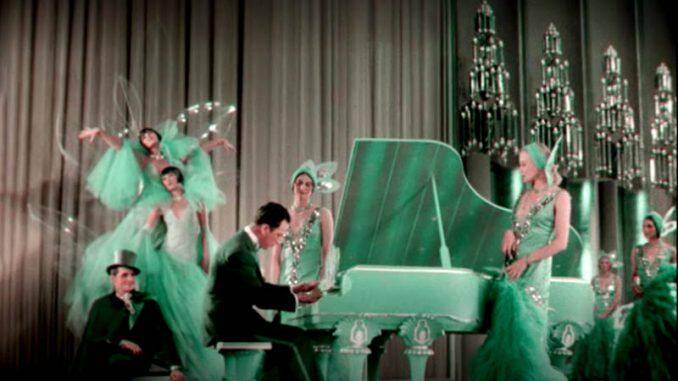
I admit that John Boles had a good set of pipes and could use them. He does so ably on “It Happened in Monterey” and “The Song of the Dawn,” a number that fell to him after Bing Crosby was sentenced to thirty days in jail for drunk driving and (worse) violating the Volstead Act. Bing was still permitted to work on the film (being accompanied to the studio each day by two police detectives) but Paul Whiteman granted the penultimate scene to Boles.
“The Song of the Dawn” would have made a lovely finale to The King of Jazz. But it was not to be. In the intervening years since first seeing the film, I᾽d forgotten about the absurd and distended “Melting Pot” sequence. If you᾽re watching it at home on a 19-inch screen (as I first did), you may take a second look at the daily paper, perhaps work the crossword puzzle, or perhaps rise from the couch to pour another beer or answer Nature᾽s call. As such, it᾽s not so bad.
In a theater full of paying and enthusiastic fans you can᾽t just get up and scratch yourself. So I had to sit and take it.
According to the finale, The Melting Pot of Music is a cauldron in which elements of British, Italian, Scotch, Irish, Austrian, Spanish, Russian and French music and culture are boiled down to produce our uniquely American music. Never mind that “voodoo” stuff spoken of earlier.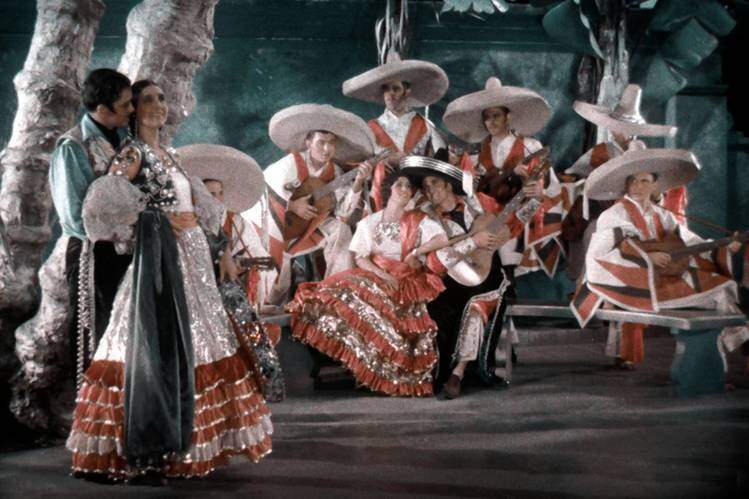
And each group had to display its ethnic specialty at length before being lowered into the pot. I remarked to my wife (not quite sotto voce) that it reminded me of the opening ceremony of the Olympics—assuming you could mount an Olympiad without African or Asian countries. It actually appeared that all these ethnic groups were being dropped into Hell (where presumably they have better music).
“Not enough pageantry” is a complaint that no one has ever made about The King of Jazz. Somewhat disturbingly, a row of huge columns topped with eagles frame the steaming Cauldron of Jazz. Another thing I said to my wife was that Albert Speer must have been up in the balcony of a first-run showing, making sketches. She laughed and told me to shut up.
Paul Whiteman stirs the mixture and out comes “jazz.” Despite including the infectious strains of “Happy Feet” (reprised from earlier in the picture) the resultant cultural stew could use some salt—and definitely pepper. The black pepper is notable for its absence.
Whiteman was the premier bandleader of his time, and led the finest musical organization then extant. The King of Jazz had all the requisite ingredients to be a financial and critical success. But after signing a contract in the autumn of 1928, Whiteman traveled with his orchestra to Hollywood to much fanfare the following June to discover that no script had been written. Whiteman summarily rejected a story casting him as a romantic lead (with Ruth Etting as the proposed leading lady).
The whole band sat idle for weeks, golfing and carousing as they continued to draw paychecks from Universal. No screenplay was forthcoming. Joe Venuti and Mario Perry were involved in a serious auto wreck on the way to play a benefit; Venuti suffered a broken wrist (from which he quickly healed) and Perry died from his injuries. Whiteman took the band back to New York at the end of August and returned to Los Angeles to begin filming the finally decided-on revue just before Black Tuesday. Bix Beiderbecke, too ill to stay with the band, had already gone home to Davenport, Iowa.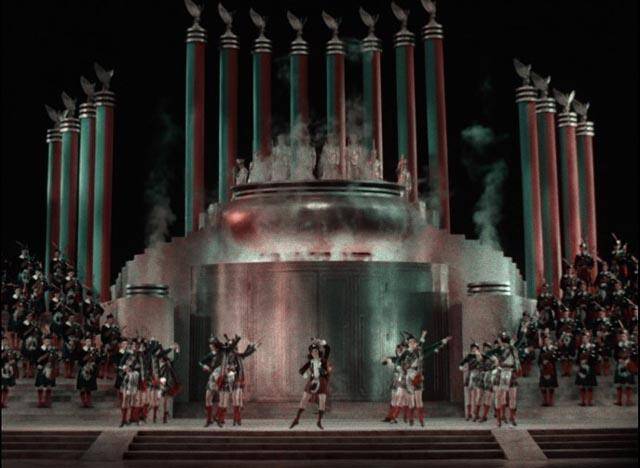
Despite the dire financial currents, producer 21-year-old Carl Laemmle, Jr. continued to throw bucketloads of money at the production, which was finally wrapped on March 20, 1930. The King of Jazz opened on April 20 in Los Angeles and May 2 in New York to generally positive reviews. But the picture had cost far too much, theater attendance was down, and it was a box office flop.
It᾽s a truism to declare that Hollywood ruins almost every good thing it touches. Everything that᾽s great about Paul Whiteman somehow doesn’t make it into The King of Jazz. It᾽s a Vaudeville pastiche, however beautifully recorded and photographed. Would that Al Rinker᾽s sister, Mildred Bailey, had been cast to sing instead of Jeannie Lang. She had just been hired by Whiteman and would be his star vocalist within a year. Would that a small group within the orchestra had been allowed to play a bona-fide jazz number, like “San” (and that filming had commenced soon enough that Bix were able to shine with one glorious solo). And would that black jazz musicians had been invited to participate, as Duke Ellington and his Orchestra did later that year in RKO᾽s otherwise dismal Check and Double Check. (The Rhythm Boys, having already left Whiteman, performed “Three Little Words” in the film to Ellington᾽s accompaniment.)
Many of my friends dearly love The King of Jazz and are overjoyed that it is again available to be seen just as it was in 1930. I will never tell them they᾽re wrong. I, too, am grateful for its restoration. But to me The Emperor Has No Clothes: The King Has No Jazz.
